What Hi-Fi? Verdict
An awesome price for an awesome bit of kit. If you can afford a pair, buy it right now
Pros
- +
Intricate, powerful sound
- +
terrific dynamics and volume
- +
exceptional build
Cons
- -
Large and very heavy – you’ll need a sturdy rack
- -
glitzy appearance splits opinion
Why you can trust What Hi-Fi?
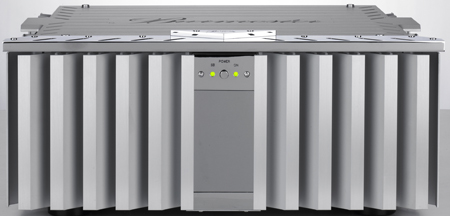
The Burmester 911 MkIII monobloc power amps will set you back £32,800. Yes, we know, we know... but they do deliver 535W, or 770W into a 4ohm load, look and feel reassuringly expensive at 31Kg a pop – and, after all, you do get two for that money!
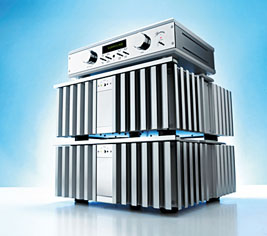
We tested them with the Burmester 077 preamp, making an amplifier combination with an all-up price somewhere just north of £50,000 – perhaps fortunately, this turned out to be one of the best amps we've ever heard.
As standard the 911 MkIII is a 350Wpc stereo power amp, but can be factory-ordered bridged into mono, as was the case with the review pair we received.
And amazingly this powerhouse isn't the top-line power amp in Burmester's range, which is still designed and built in Berlin – that honour goes to the hulking 909 Mk5, the latest version of a design the company launched more than two decades ago.
But hey, we're hardly slumming it with the 909 MkIIIs: we can't imagine anyone needing more power – no matter how large their room or how difficult their speakers are to drive.
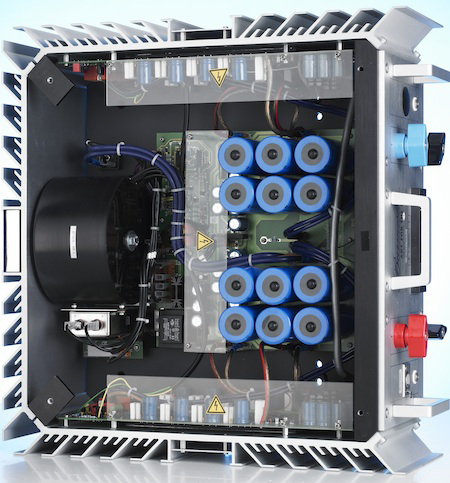
The monoblocs may be based on an established Burmester design – that's the way the company tends to do things – but for the MkIII version it completely re-designed the output stages, now operating widely in class-A, and added silver internal wiring.
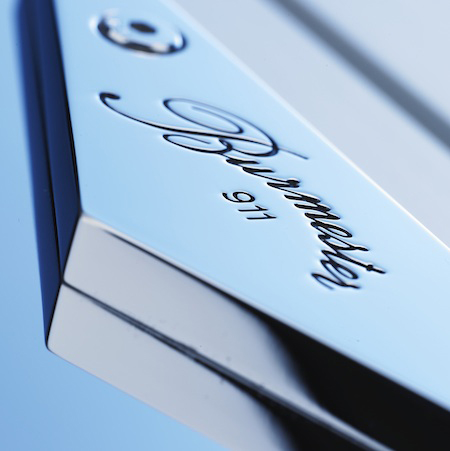
There's silver on the outside, too: that casework, with its immaculate laser-cut detailing, is finished with silver anodising, giving a real luxury feel. Which for the money is kind of how it should be.
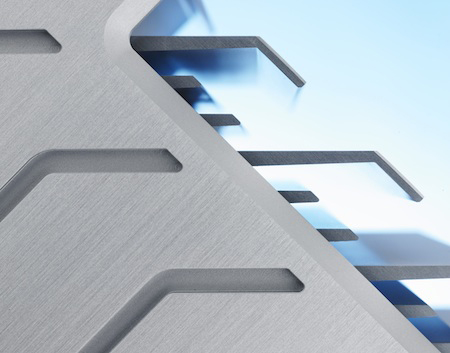
Detail, power… and raw grunt
Those beautifully finished heatsinks (above) suggest these power amps get hot, but the heat-management does its job brilliantly, the 911 MkIII only getting slightly warm even when pounding out the kind of volume your neighbour’s neighbour would complain about.
And talking of temperature, we usually advise against listening to products straight from cold; they usually tend to sound aggressive and unyielding if not given a suitable amount of time to warm up.
But these Burmester amplifiers are different: at first they sound polite, but even from the first second of music, the listener is well aware of a splendidly silky refinement and an ability to uncover the tiniest of details. The sound is large-scale and fluid from the get-go, too.
But let this set-up run in for a few days and you’ll notice improvements in every aspect of its performance. Refinement takes a notable step up and the sense of muscularity, particularly in bass frequencies, gets better.
Notably so: these amps have exceptional transparency and smoothness. The system never sounds rushed or stressed, either.
Recordings that normally have amps running for cover, such as Massive Attack’s Heligoland or Stravinsky’s The Rite of Spring, are just shrugged off with ease. But importantly, this isn’t obtained at the expense of excitement or punch.
Dynamics are deeply impressive too, as is the ability to deliver seismic bass lines with total grip with no loss of precision. Bass textures are rendered with a lovely lightness of touch, as are subtle vocal inflections.
That these big, powerful and pricey amplifiers produce a sound packed with scale, authority and composure comes as no surprise. But it’s much more unusual to discover that they have the agility and subtlety to deliver low-key music such as Bon Iver’s Michicant with such delicacy.
The Burmesters even have a decent sense of timing. They have no trouble communicating the rhythmic drive readily apparent throughout the Kanye West/Jay Z Watch the Throne collaboration. That’s usually far from the case with high-powered products such as this.
Such a sky-high price tag leads to massively high expectations when it comes to build, finish and performance.
And the biggest compliment we can pay to the whole amazing pre/power set-up is that it’s every bit as good as you’d hope. This is one case where you really do get what you pay for.
Follow whathifi on Twitter
What Hi-Fi?, founded in 1976, is the world's leading independent guide to buying and owning hi-fi and home entertainment products. Our comprehensive tests help you buy the very best for your money, with our advice sections giving you step-by-step information on how to get even more from your music and movies. Everything is tested by our dedicated team of in-house reviewers in our custom-built test rooms in London, Reading and Bath. Our coveted five-star rating and Awards are recognised all over the world as the ultimate seal of approval, so you can buy with absolute confidence.


